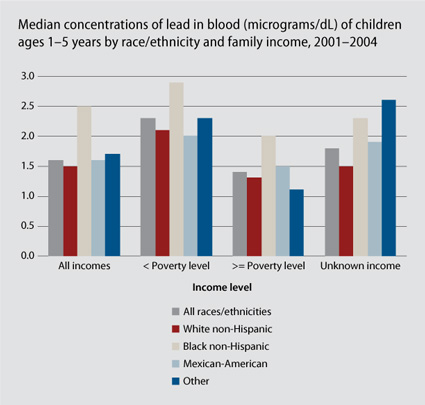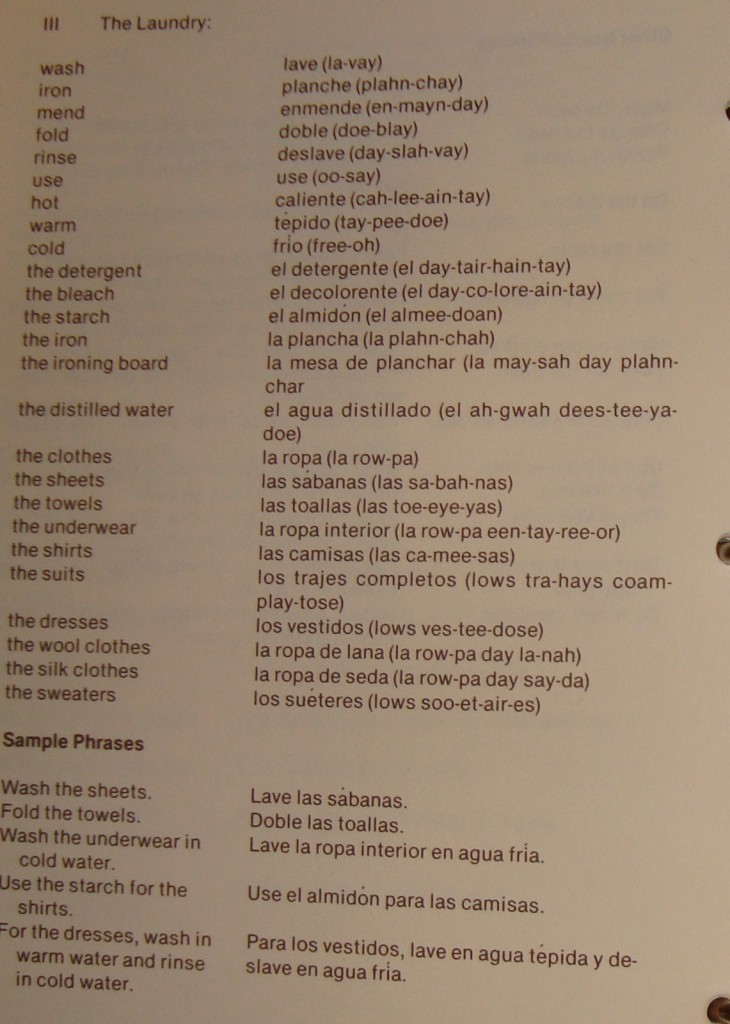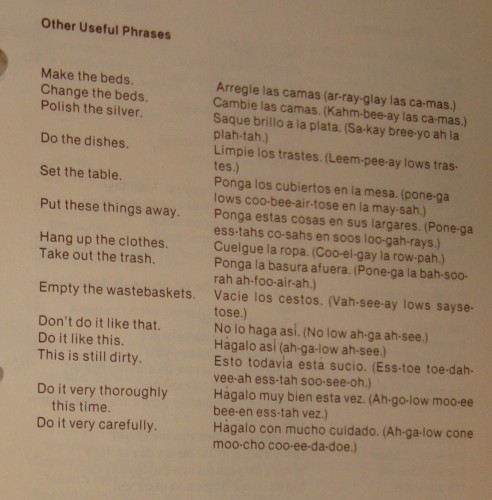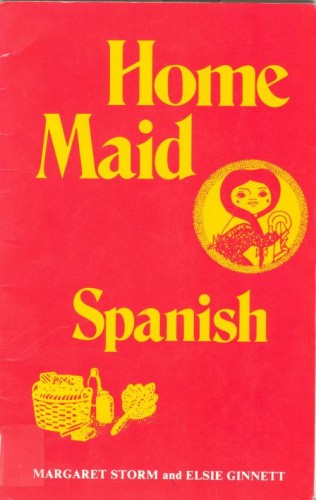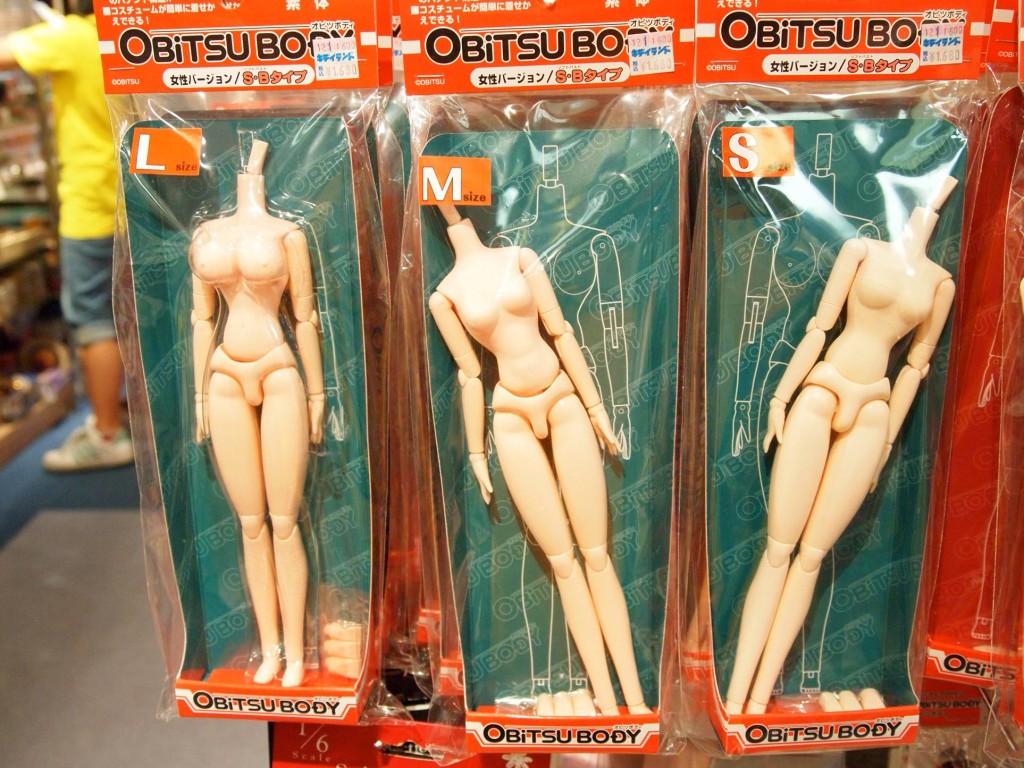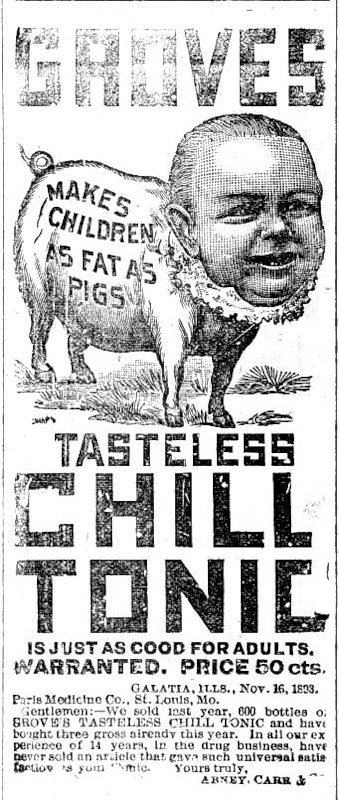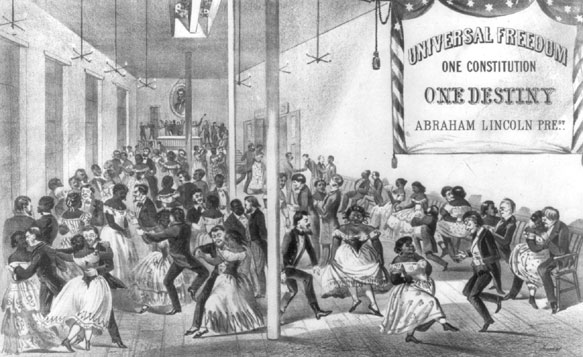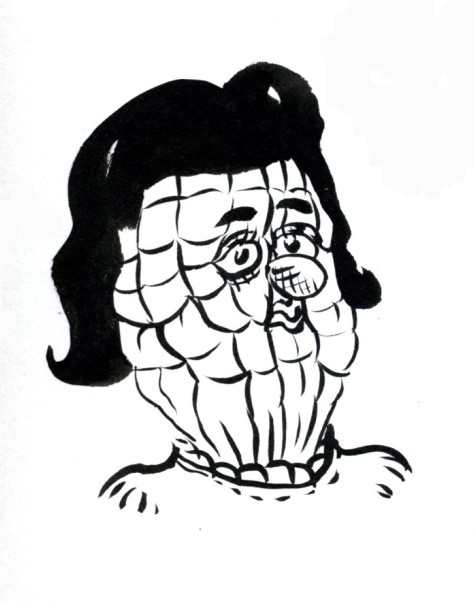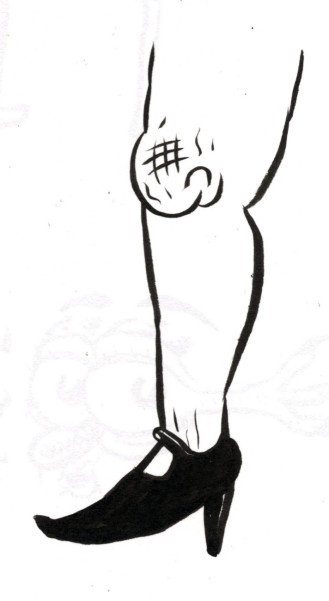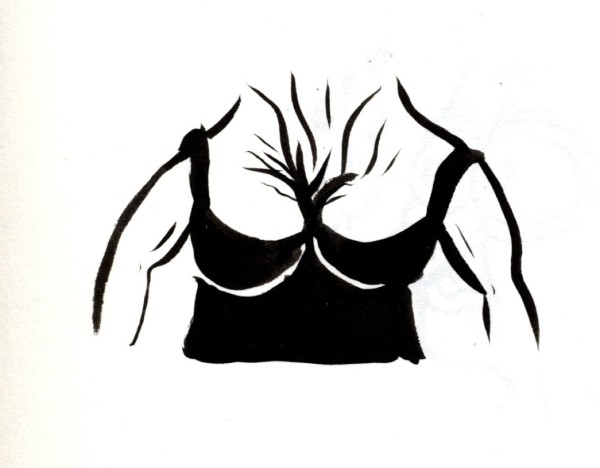PARTY!
Please join us for the first ever Sociological Images party! We’d love to see all of you–sociologists and non-sociologists alike–in San Francisco on Sunday, August 9th at 6pm at Johnny Foley’s Irish House. We want to meet you and we think it’d be super cool for you to meet each other, too.
FROM THE ARCHIVES:
Sociological Images was born in July of 2007. In honor of our birthday, we point you to our very first post ever: Faith Hill re-touched for the cover of Redbook.
One year later, we published a fascinating example of the white man’s burden. This time, however, it’s a white woman’s burden in the form of a Pampers commercial. It’s something; you should check it out.
NEWLY ENRICHED POSTS (Look for what’s NEW!):
We added a third PostSecret postcard where someone confesses thoughts about race, while explaining that they are not racist. Ponder them here.
Our post about an Icelandic cartoon that portrayed Barack Obama as a cannibal now includes an image of the comic book graphic novel Barack the Barbarian, thanks to sender-inner Lindsay.
Phil Howard had some updated graphs on concentration of organic brands, so we updated our post on who sells organics.
To our post featuring ads that portray men as animals, we added an advertising campaign by Jim Beam that suggests men are “stags” (has there ever been a word with more meanings?).
In another food-related update, Amanda C. and Dmitriy T.M. both sent us material that we added to our post about sexualizing food.
Natalie sent us links to some images of kids’ t-shirts with sexual slogans, which we added to our existing post on the topic.
At the suggestion of Glenn R., we added ads for Caramba Tequila to our not-so-subliminal sex and ejaculation imagery posts. We also added an image to the latter post sent in by Jeff G. and a commercial for Creme d’Or ice cream Jay L. brought to our attention. The commercial is a doozy.
We added some very scandalous ads for hearing aids to our “sex sells” post.
Rachel McC. J., from Deeply Problematic, sent us another example of efforts to protect women by telling women to protect themselves instead of targeting badly behaving men. We added it to our previous post telling women to stop men from sexually harassing them in the subway.
Tricia V. sent us another example of resistance to advertising that objectifies women. In this one, from Haiti, someone scrawled “Women’s bodies are not merchandise” across a full-sized billboard.
The Huffington Post featured a slide show of billboards in New York called “Sex in the Sky.” Kiera S. thought it would make a good addition to our “What Warrants a Slide Show” post. We agreed.
We added a Volkswagen ad to our post on vintage advertising suggesting that women are horrible (horrible!) drivers. See it here.
We added a vintage ad marketing Zippo lighters to “modern mothers” to our post featuring ads in which babies tell their moms to smoke Marlboros.
Before the “obesity epidemic,” kids were just chubby. We added two additional material to our post featuring vintage ads selling clothes for “chubby” kids, one of them sent in by Holly M.
Women LOVE to clean! We added a vintage ad to a previous post about the joy of women’s work.
We recently posted about a business called the Occasional Wife. A blogger at The Grand Narrative pointed us to several companies along the theme of Hire-A-Hubby. We added them to our original post on the social construction of “wife.”
We updated a post on gendered marketing of products with images of pink and blue scooters for the mobility impaired and a cordless screwdriver marketed to women by including a manicure set. Turns out it wasn’t very popular.
